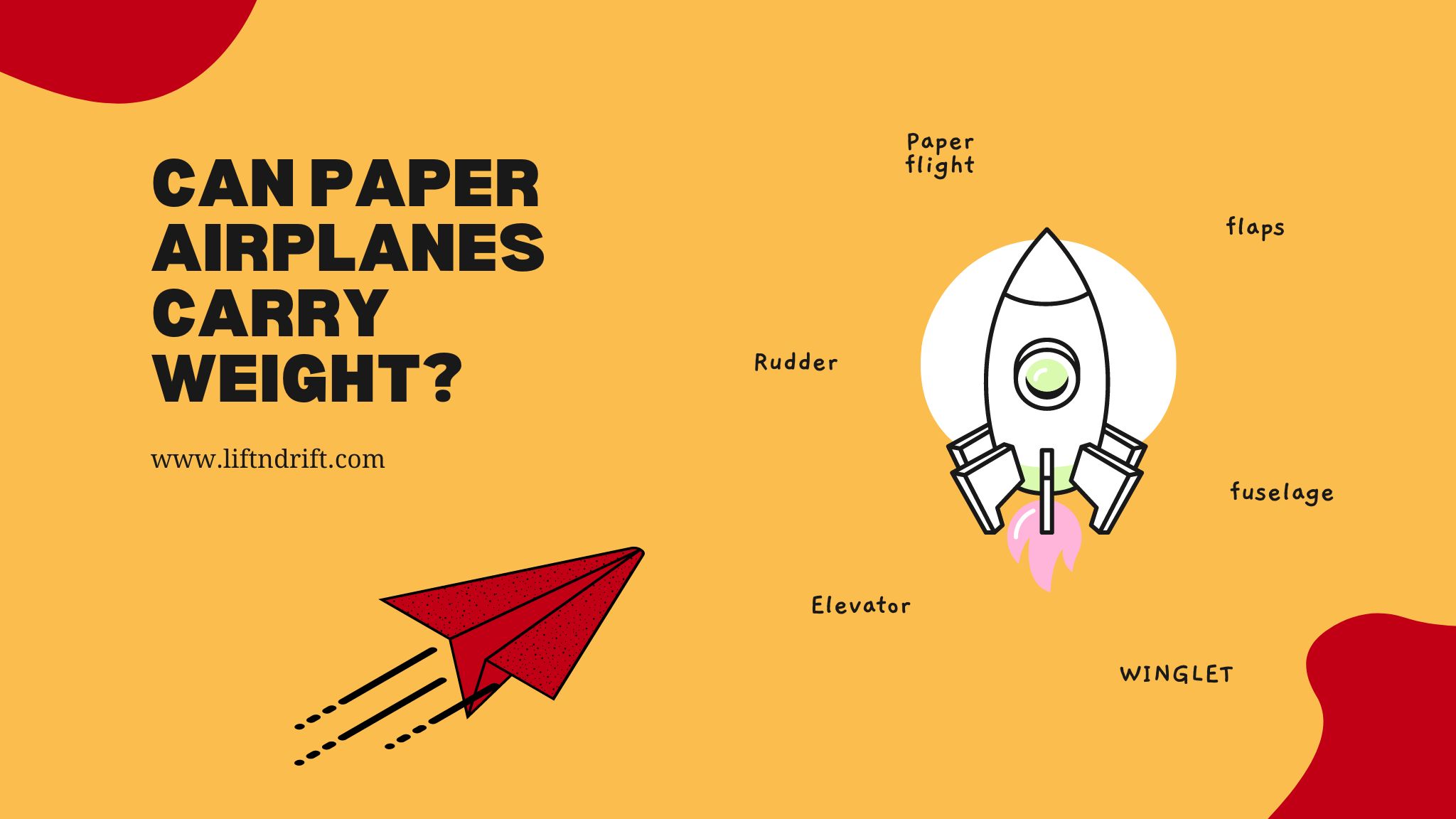Paper airplanes are not typically designed to carry weight, primarily for entertainment and educational purposes. A paper airplane’s strength and stability cannot support any significant weight. However, with some modifications, making a paper airplane can carry a small amount of weight is possible. This would likely involve reinforcing the wings and fuselage with additional materials such as masking tape or glue. Even with these modifications, a paper airplane’s weight would be minimal and impractical for real-world use. It’s important to note that paper airplanes are unreliable for carrying any weight, as they are not designed to do so, and their structural integrity is limited.
Can paper airplanes do tricks?
Here are a few tips for making a paper airplane that can perform tricks:
- Experiment with different designs: There are many paper airplane designs, each with unique characteristics. Try different designs and see which ones are most capable of performing tricks.
- Adjust the wing shape and size: The shape and size of the wings will affect the stability and maneuverability of the airplane. Try adjusting the shape and size of the wings to see how it affects the airplane’s ability to perform tricks.
- Adjust the angle of incidence: The angle at which the wings are tilted in relation to the airflow will affect the stability and lift of the airplane. Try adjusting the angle of incidence to see how it affects the airplane’s ability to perform tricks.
- Add control surfaces: Control surfaces such as ailerons, elevators, and rudder can be added to the airplane to give you more control over its movements. These can be made by folding or cutting the paper in specific ways.
- Experiment with different throwing techniques: How you throw the airplane can also affect its ability to perform tricks. Try throwing it at different angles and speeds to see how it affects its movements.
- Practice, Practice, Practice: To master the art of performing tricks with your paper airplane, practice is key. Try different modifications and throwing techniques and see what works best for you.
It’s important to note that the ability of a paper airplane to perform tricks is limited by its design and the materials it is made of. Performing tricks with paper airplanes is mostly a matter of experimenting with different methods, adjusting the wing shape, size, and angle of incidence, adding control surfaces, and practicing throwing techniques.
Can paper airplanes fly forever?
Paper airplanes cannot fly forever. The flight of a paper airplane is limited by various factors such as the strength and stability of the design, the air resistance or drag, the altitude and weather conditions, the thrust generated by the initial throw, and the amount of energy stored in the paper airplane. The altitude of the paper airplane is limited by the thrust generated by the initial throw and the drag caused by the air resistance. Once the thrust is exhausted and the drag overcomes the lift, the paper airplane will lose altitude and eventually fall to the ground. Additionally, the material of the paper airplane is not durable enough to withstand the elements, such as strong wind or rain, which will cause it to lose altitude and crash. Also, paper airplanes rely on the energy stored in the paper and the thrust generated by the initial throw to fly. Once this energy is expended, the paper airplane will lose altitude and fall to the ground. While paper airplanes can fly for a certain amount of time, they cannot fly forever due to the limitations imposed by their design, materials, and the environment.
Can paper airplane fly super far
The distance that a paper airplane can fly is determined by a combination of factors such as the design of the airplane, the strength and stability of the materials, the thrust generated by the initial throw, and the wind and weather conditions. A well-designed paper airplane with a good lift, weight, and minimal drag balance can fly relatively far. However, the distance a paper airplane can fly is still limited compared to that of a powered aircraft. The thrust generated by the initial throw is a critical factor in determining how far a paper airplane can fly. A solid and accurate throw can maximize the distance the airplane can travel. Additionally, the wind and weather conditions can significantly affect the distance a paper airplane can fly. A paper airplane will fly farther on a calm day with no wind than on a windy day. A paper airplane’s distance will vary depending on the design and the conditions under which it is flown. While a paper airplane can fly relatively far, it is unlikely to fly as far as a powered aircraft
Can paper airplanes fly accurately?
The ability of a paper airplane to fly accurately is dependent on the design of the airplane, the strength and stability of the materials, the thrust generated by the initial throw, and the wind and weather conditions. A well-designed paper airplane with a good balance of lift, weight, and minimal drag, can fly relatively accurately. However, the accuracy of a paper airplane’s flight still needs to be improved compared to that of a powered aircraft. The thrust generated by the initial throw is a key factor in determining the accuracy of a paper airplane’s flight. An accurate and consistent throw can help to maximize the accuracy of the airplane’s flight path. Additionally, the wind and weather conditions can significantly affect the accuracy of a paper airplane’s flight. A paper airplane will fly more accurately on a calm day with no wind than on a windy day.
In general, the accuracy of a paper airplane’s flight will vary depending on the design and the conditions under which it is flown. While a paper airplane can fly relatively accurately, it is still limited compared to a powered aircraft.

